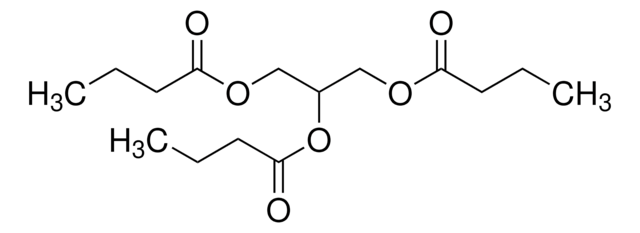MAB1957
Anti-Integrin beta 3 (ITGB3/CD61) Antibody
CHEMICON®, mouse monoclonal, 25E11
Synonym(s):
CD61
Select a Size
About This Item
Recommended Products
Product Name
Anti-Integrin β3 Antibody, clone 25E11, clone 25E11, Chemicon®, from mouse
biological source
mouse
Quality Level
antibody form
purified antibody
antibody product type
primary antibodies
clone
25E11, monoclonal
species reactivity
human
manufacturer/tradename
Chemicon®
technique(s)
flow cytometry: suitable
immunocytochemistry: suitable
immunoprecipitation (IP): suitable
isotype
IgM
Related Categories
Specificity
(original paper claimed IgG2ak)
Immunogen
Application
Immunocytochemistry (acetone fixation required)
Flow cytometry
Inhibits platelet aggregation, 10 μg/mL
Optimal working dilutions must be determined by end user.
Cell Structure
Integrins
Linkage
Physical form
Storage and Stability
Other Notes
Legal Information
Disclaimer
Not finding the right product?
Try our Product Selector Tool.
recommended
Storage Class Code
10 - Combustible liquids
WGK
WGK 2
Flash Point(F)
Not applicable
Flash Point(C)
Not applicable
Certificates of Analysis (COA)
Search for Certificates of Analysis (COA) by entering the products Lot/Batch Number. Lot and Batch Numbers can be found on a product’s label following the words ‘Lot’ or ‘Batch’.
Already Own This Product?
Find documentation for the products that you have recently purchased in the Document Library.
Our team of scientists has experience in all areas of research including Life Science, Material Science, Chemical Synthesis, Chromatography, Analytical and many others.
Contact Technical Service








